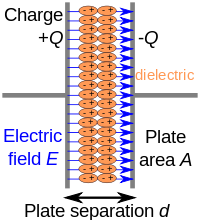
Photo from wikipedia
The many-body quantum nature of molecules determines their static and dynamic properties, but remains the main obstacle in their accurate description. Ultrashort extreme ultraviolet pulses offer a means to reveal… Click to show full abstract
The many-body quantum nature of molecules determines their static and dynamic properties, but remains the main obstacle in their accurate description. Ultrashort extreme ultraviolet pulses offer a means to reveal molecular dynamics at ultrashort timescales. Here, we report the use of time-resolved electron-momentum imaging combined with extreme ultraviolet attosecond pulses to study highly excited organic molecules. We measure relaxation timescales that increase with the state energy. High-level quantum calculations show these dynamics are intrinsic to the time-dependent many-body molecular wavefunction, in which multi-electronic and non-Born−Oppenheimer effects are fully entangled. Hints of coherent vibronic dynamics, which persist despite the molecular complexity and high-energy excitation, are also observed. These results offer opportunities to understand the molecular dynamics of highly excited species involved in radiation damage and astrochemistry, and the role of quantum mechanical effects in these contexts.The many-body quantum nature of molecules determines their static and dynamic properties, but remains the main obstacle in their accurate description. Here, the authors employ ultrafast spectroscopic methods to explore the dynamics of highly excited organic molecules, revealing many-body effects and hints of coherent vibronic dynamics which persist despite their molecular complexity.
Journal Title: Nature Communications
Year Published: 2019
Link to full text (if available)
Share on Social Media: Sign Up to like & get
recommendations!